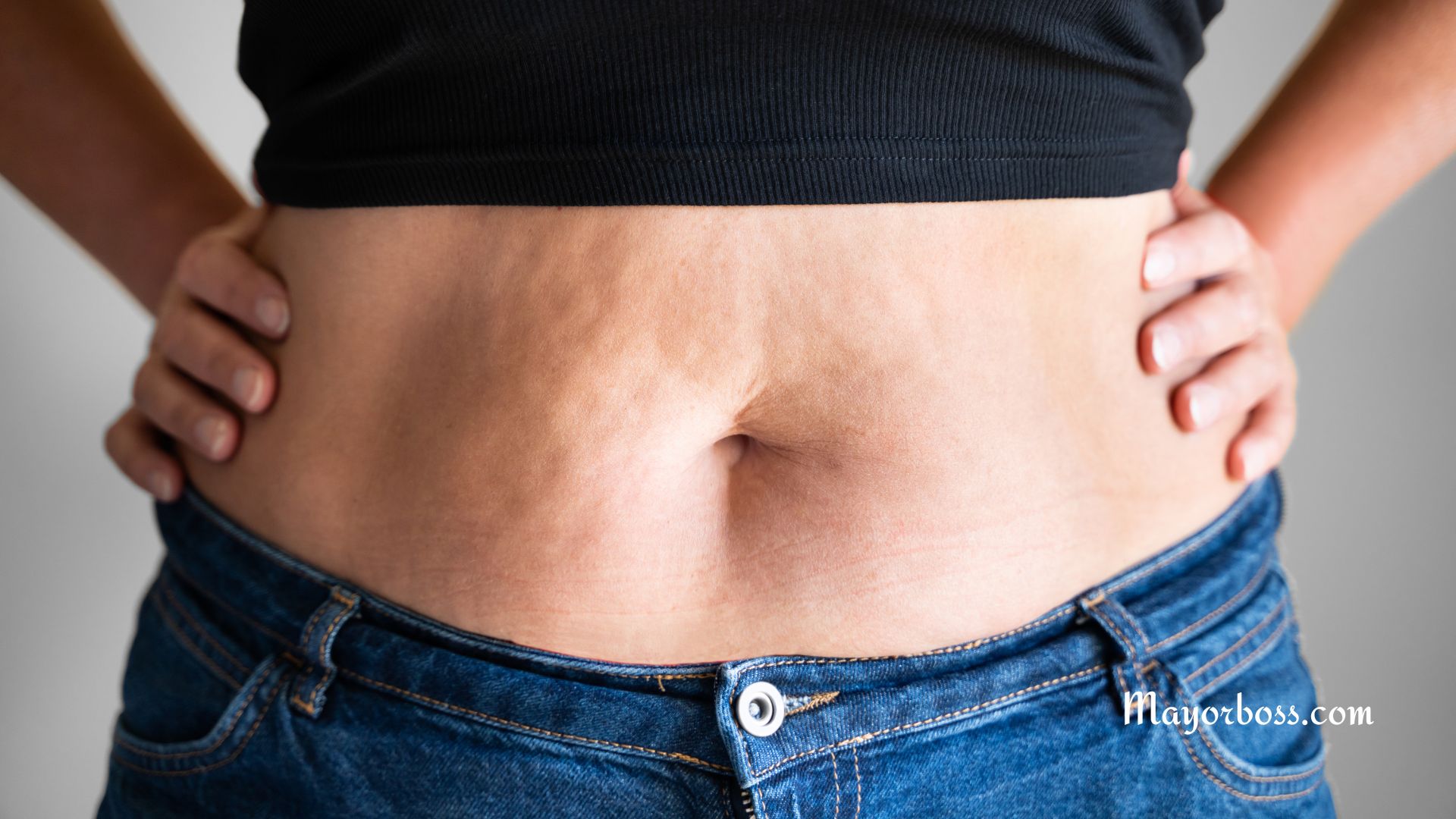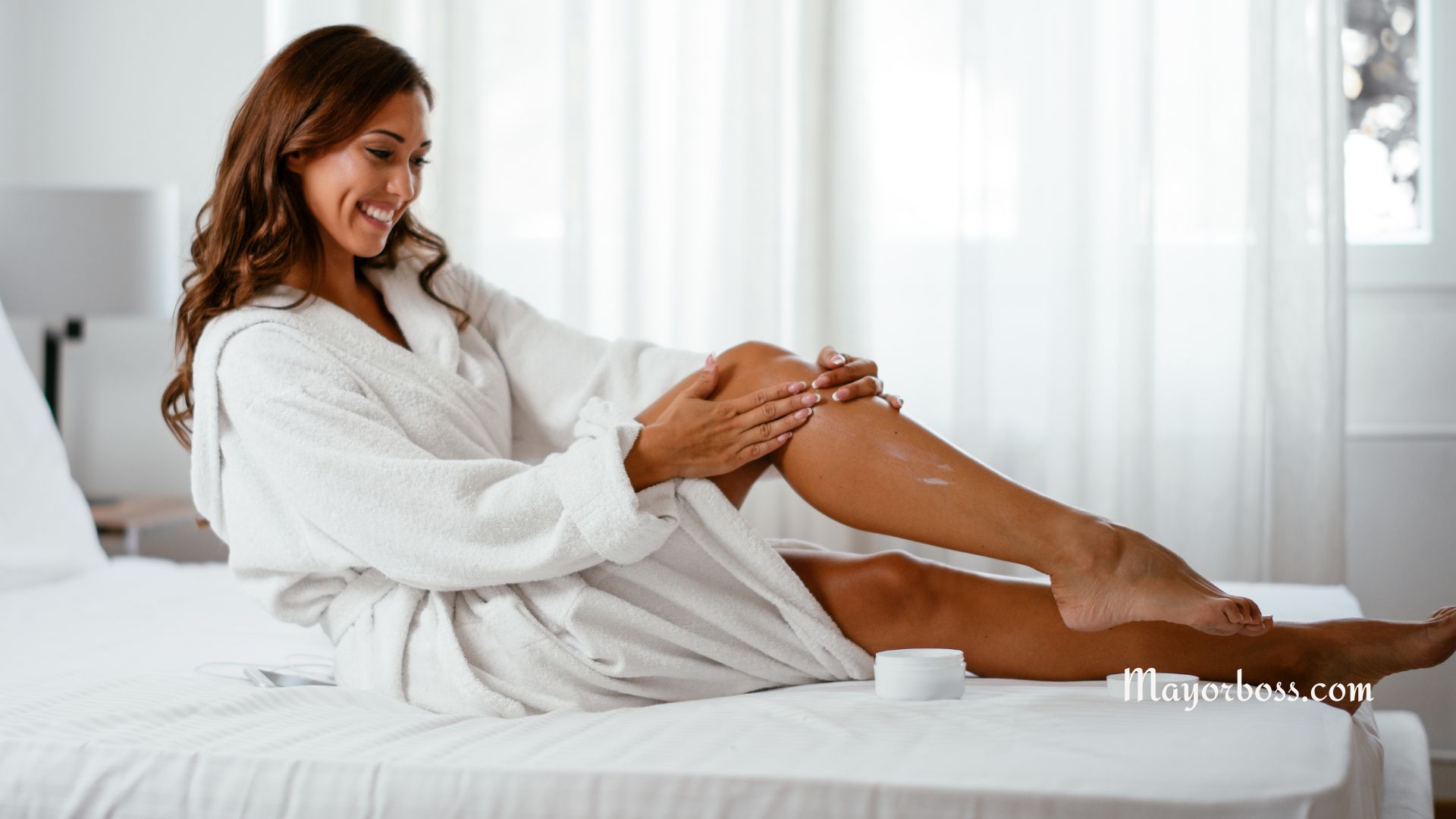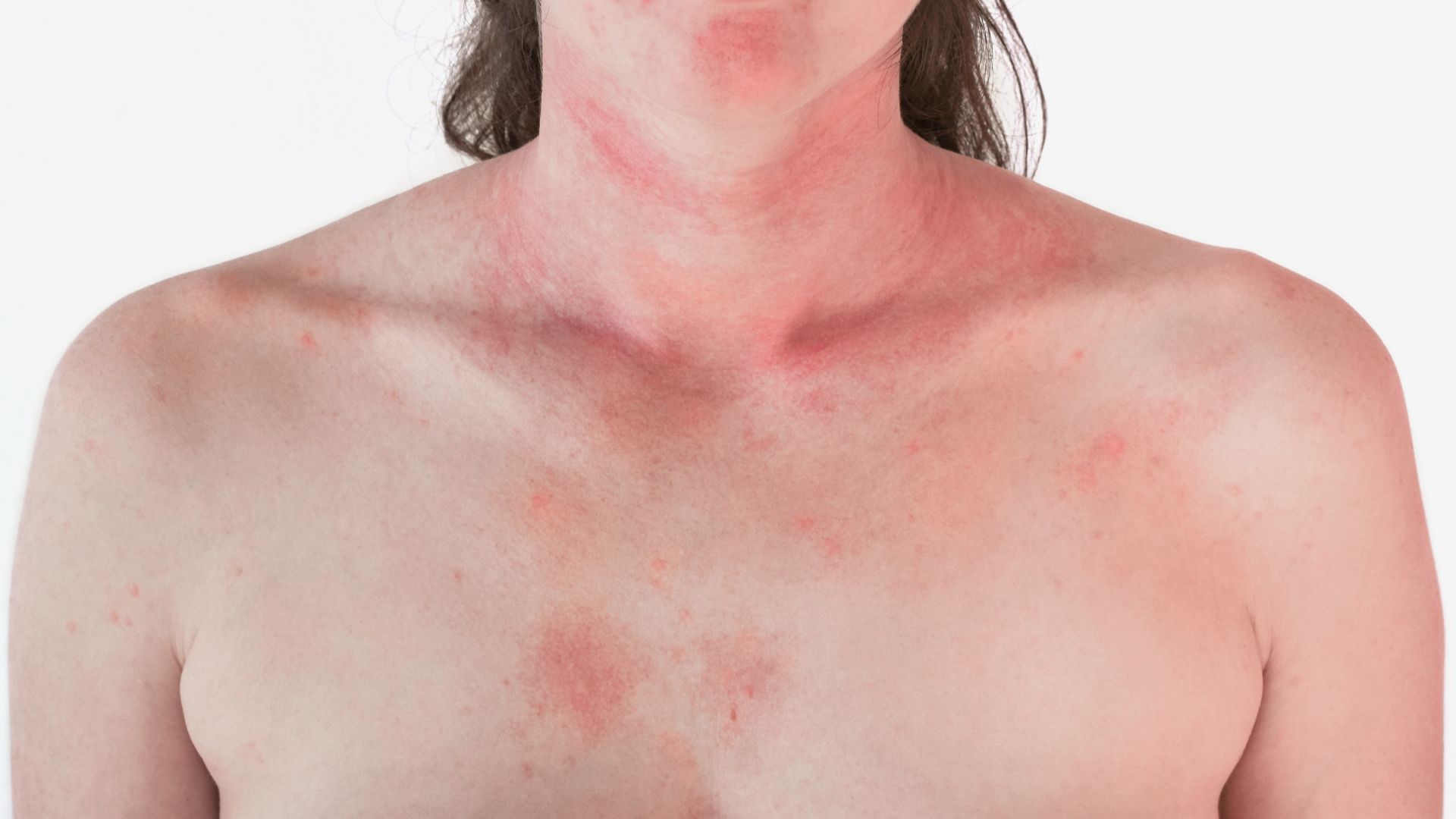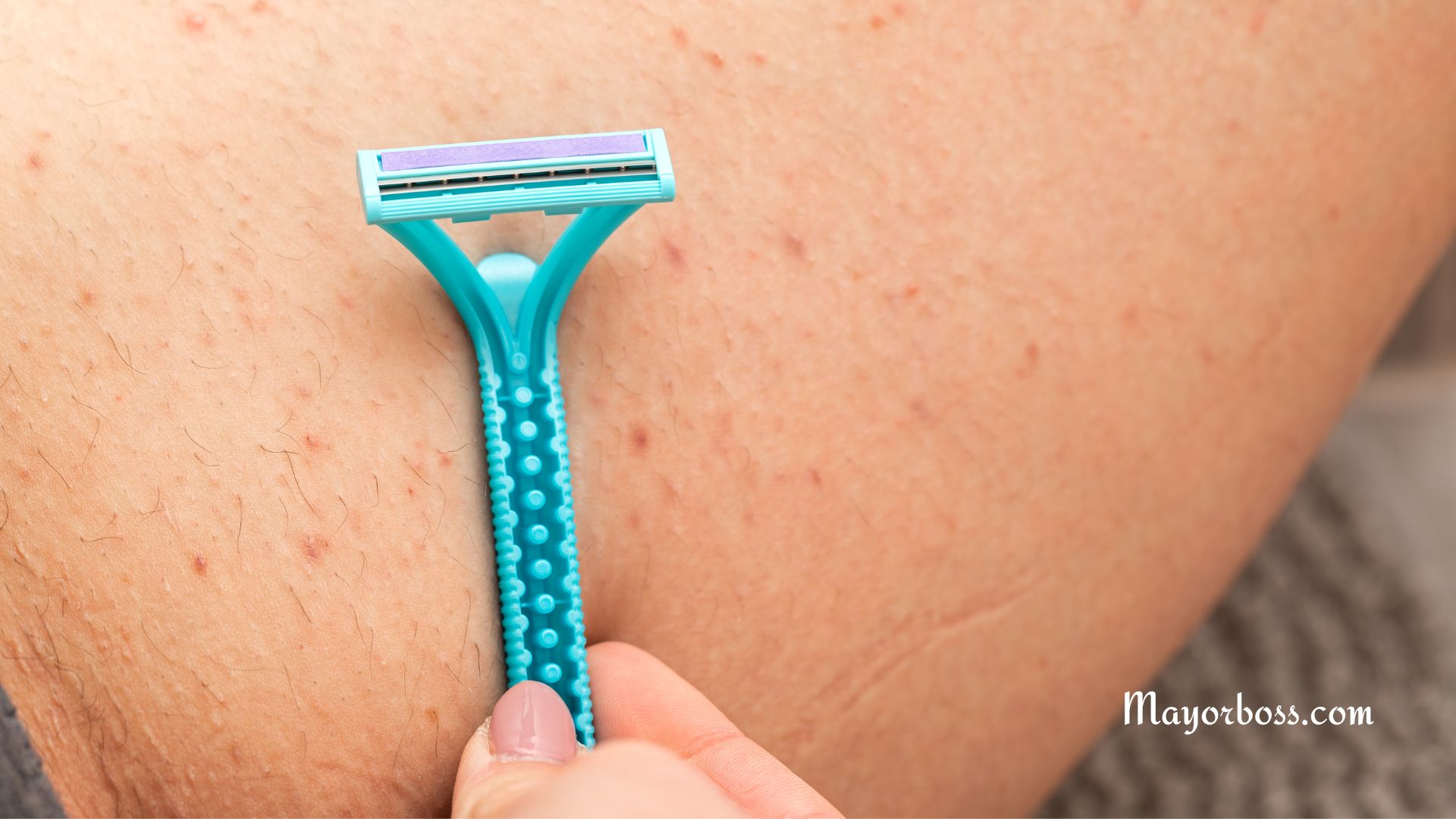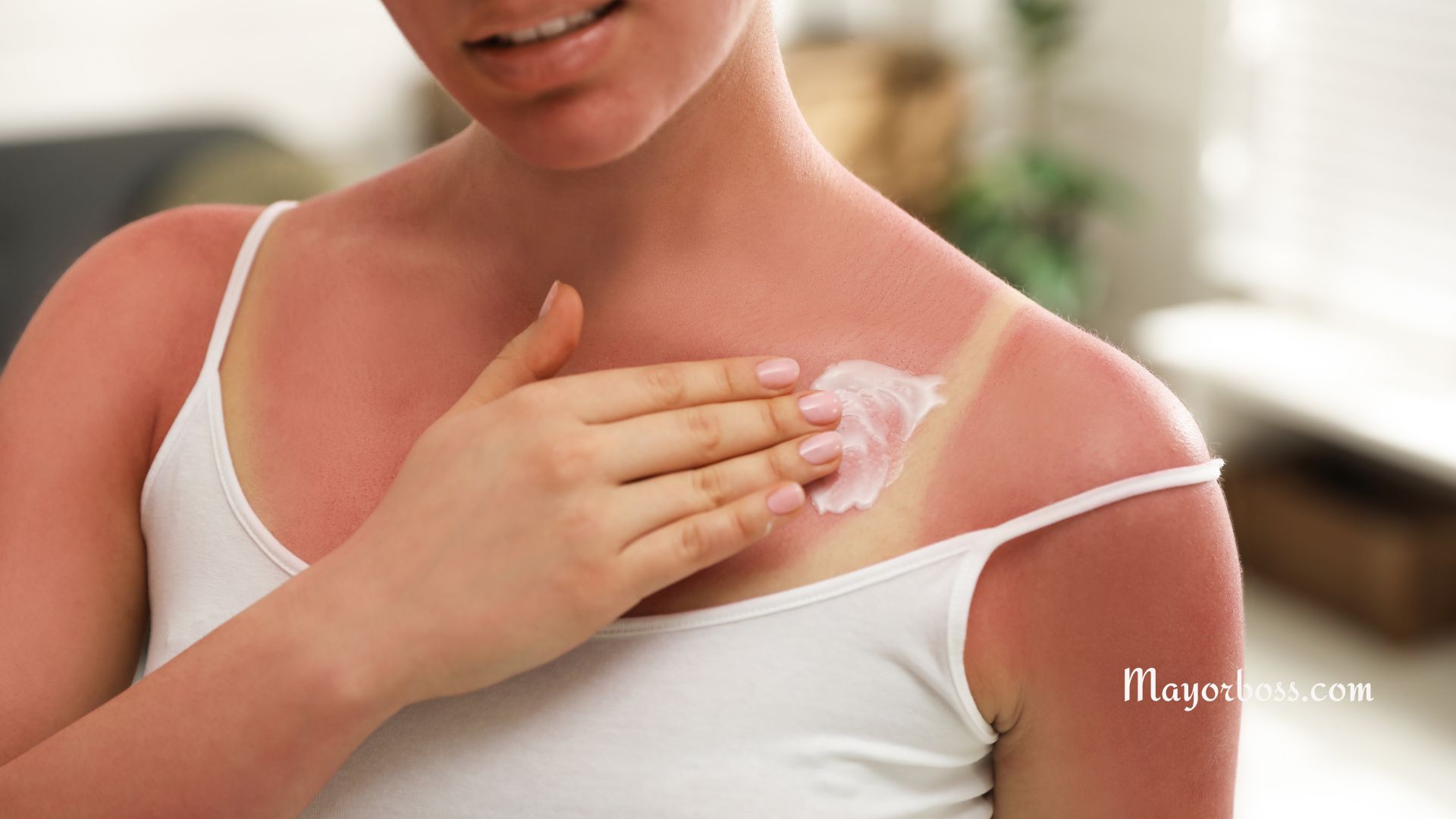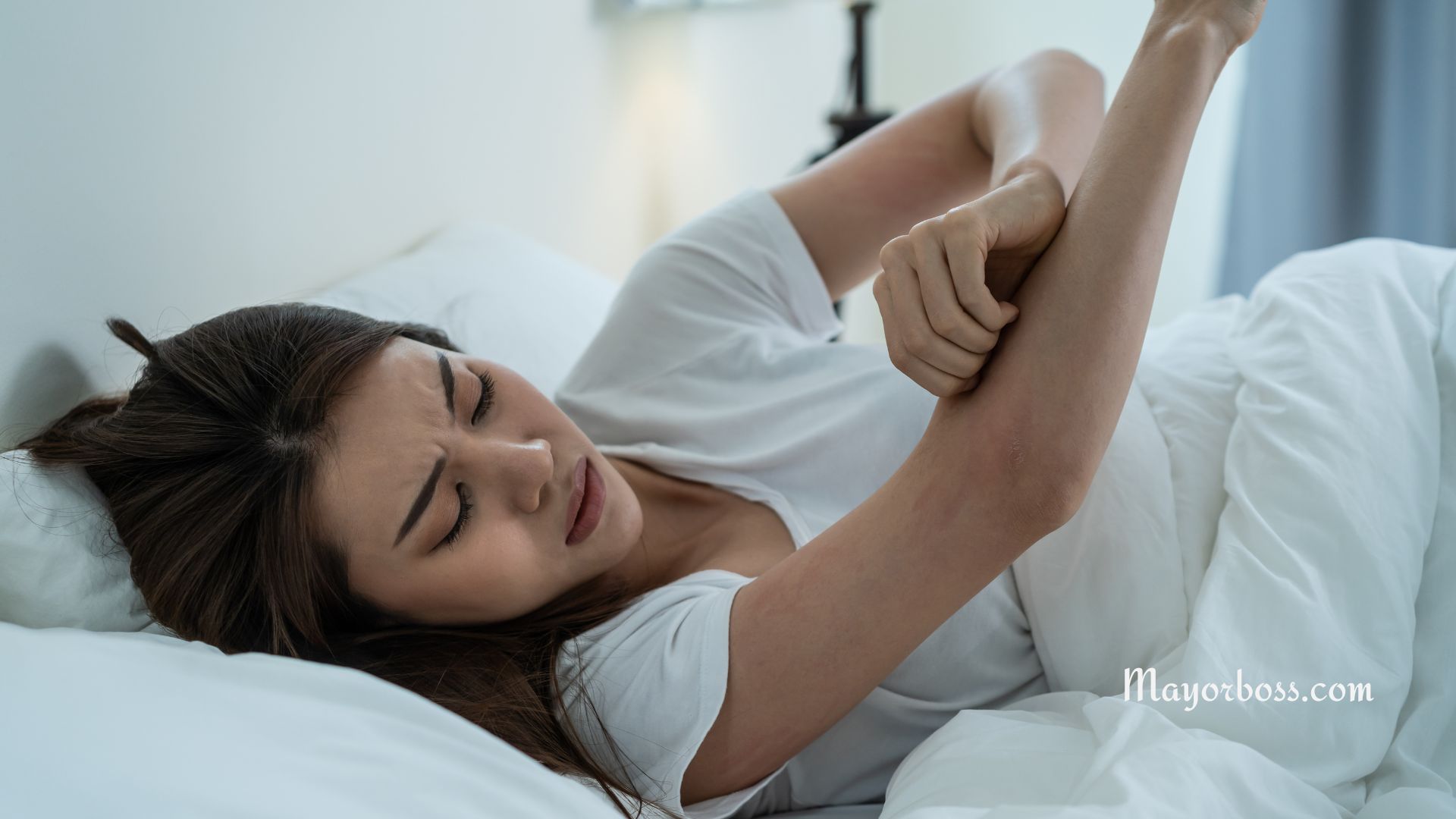Symptoms of Varicose Veins
Varicose veins are enlarged, twisted veins that most commonly occur in the legs. Symptoms often include pain, itching, heaviness, and swelling. Although usually not life-threatening, they can lead to complications if left untreated.
What Are Varicose Veins?
In layman’s terms, varicose veins are swollen, dilated veins that you can see just under the surface of your skin. These veins usually occur in the legs but can appear in other parts of the body as well. While often considered a cosmetic concern, they can result in discomfort and health issues.
Symptoms of Varicose Veins
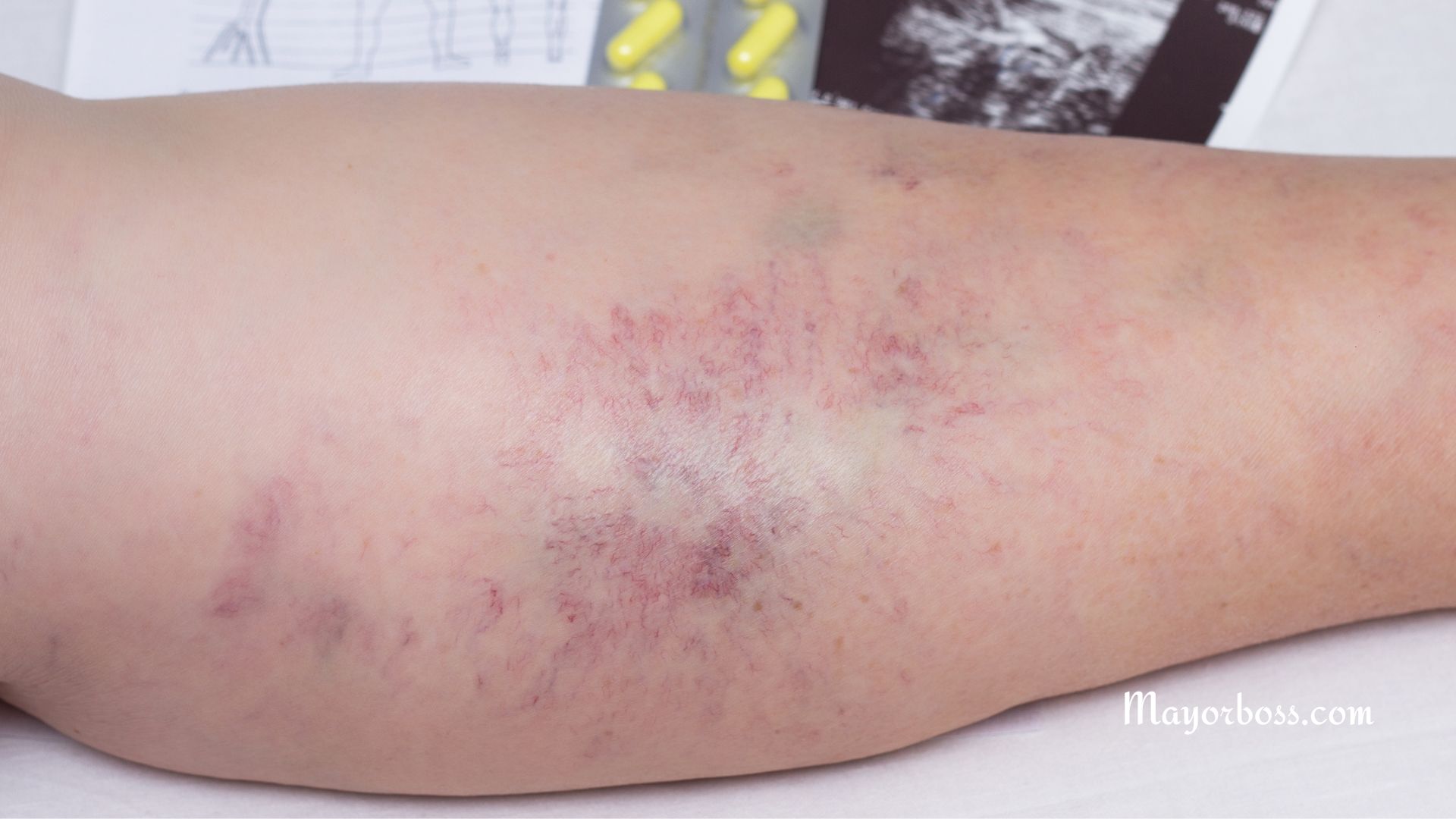
Visible Enlarged Veins
The most obvious sign is the appearance of blue or dark purple veins, usually on your legs. You’ll often see these twisted, bulging cords running just beneath the surface of your skin.
Heavy Feeling in the Legs
Many people experience a sense of heaviness in their legs, particularly after standing for extended periods. If you’ve been on your feet all day and feel an unusual heaviness, it could be due to varicose veins.
Pain and Discomfort
Although not everyone experiences pain, some people report mild to moderate discomfort. This pain can worsen after prolonged standing or sitting. So, if you find that sitting for a long time is causing discomfort, it might be a sign of varicose veins.
Itching
Research has linked itching around the veins to the presence of varicose veins. You might feel the urge to scratch, but doing so can worsen the condition.
Swelling in Lower Legs
Swelling is another common symptom. According to medical studies, the impaired blood flow in varicose veins can cause fluid to pool in the lower legs, resulting in swelling.
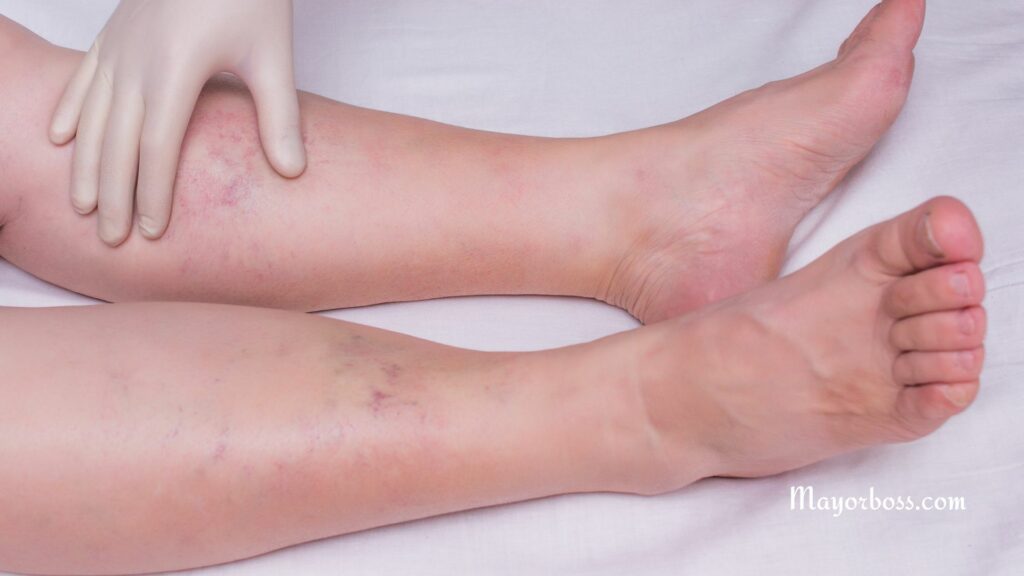
Skin Changes
Over time, untreated varicose veins can lead to changes in the skin near the affected area. You may notice darkening or discoloration, which is a sign that the veins are not functioning correctly.
Muscle Cramping and Throbbing
Some people also complain of muscle cramping and a throbbing sensation in their legs. If you’re experiencing these symptoms, especially at night, it could be due to varicose veins.
When to Seek Medical Help?
Varicose veins are generally not a medical emergency. However, you should consult a healthcare provider if you experience severe pain, bleeding, or skin ulcers near the veins. These could be signs of more severe complications.
Prevention
To reduce the risk of developing varicose veins, there are several lifestyle changes you can make. Exercise regularly to improve your leg strength and blood circulation. Additionally, avoid standing or sitting for extended periods, and try to elevate your legs whenever possible.
Frequently Asked Questions
What Causes Varicose Veins?
If you’re wondering why some people get varicose veins while others don’t, you’re not alone. Varicose veins can be caused by a variety of factors. Age plays a significant role, as the risk increases as you get older. Hormonal changes, especially in women during pregnancy, menopause, or when taking birth control pills, can also contribute. In addition, genetics and lifestyle factors like obesity and standing for long periods can increase the risk.
Are Varicose Veins Dangerous?
Most of the time, varicose veins are more of a cosmetic issue than a serious health concern. However, they can lead to complications if left untreated. Issues like blood clots, skin ulcers, and bleeding can occur. So, while they’re usually not dangerous in the short term, it’s a good idea to consult a healthcare provider for proper diagnosis and treatment to avoid complications down the line.
Can Exercise Help with Varicose Veins?
Absolutely, exercise is your friend when it comes to preventing or managing varicose veins. Activities that work your leg muscles are especially beneficial. This is because leg muscles help your veins push blood back to the heart. Walking, running, and swimming are excellent choices. However, you should avoid exercises that strain your leg veins, like weightlifting.
What Are the Treatments for Varicose Veins?
From lifestyle changes to medical procedures, there’s a range of treatment choices for varicose veins. On the simpler end, compression stockings can help improve blood flow and reduce pain and swelling. Surgical options like vein stripping and endovenous laser treatment can remove or close off the affected veins. Talk to your healthcare provider to find out which treatment is best for you.
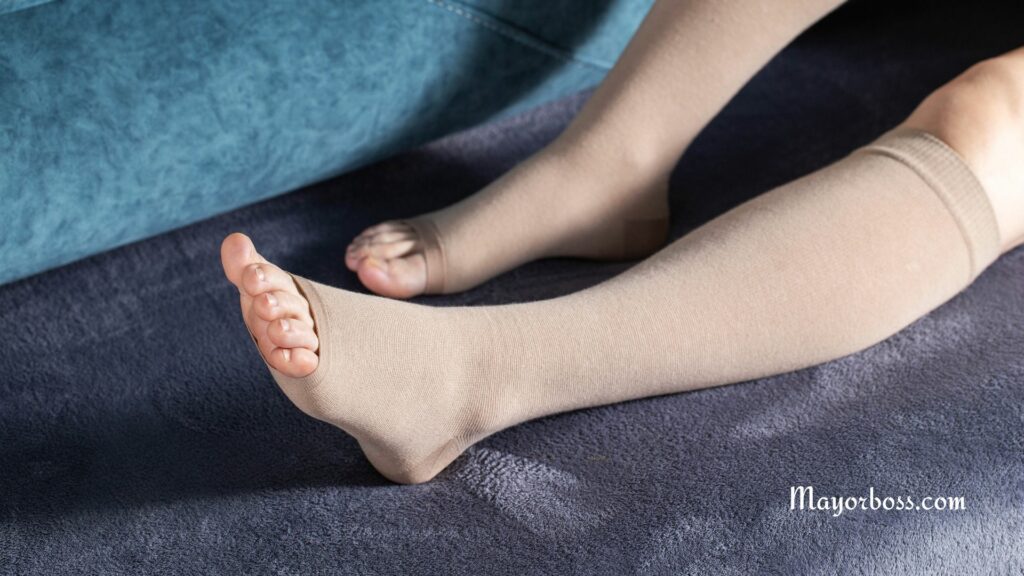
Can Diet Affect Varicose Veins?
You bet! A balanced diet can make a big difference. Foods rich in flavonoids, like blueberries, cherries, and grapes, can improve blood circulation and reduce the risk of varicose veins. On the flip side, salty foods can exacerbate swelling and should be avoided. Incorporating more fiber into your diet can also prevent constipation, which can, in turn, reduce pressure on your veins.
Further Reading: What Can I Do For Varicose Veins?

